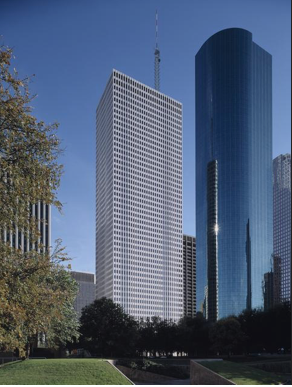
With retail e-commerce sales in the U.S. projected to soar from $501 billion in 2018 to $740 billion in 2023, it’s no wonder that Houston’s industrial market is expanding faster than Santa’s bag of toys.
E-commerce is one of the main drivers of an upturn in industrial construction in the Houston area. Estimates from four commercial real estate services companies show that during the third quarter, anywhere from 13.3 million square feet to 18.5 million square feet of industrial space was under construction in the region. That volume is up considerably from the second quarter of 2019 and from the same period in 2018.
Around the country, the “need for speed and choice” to appease shoppers is driving a lot of the increased demand for industrial space, Hamid Moghadam, chairman, and CEO of industrial REIT Prologis, recently told Wall Street analysts. That, he said, is because “the more choices you want and the quicker you want them, the more inventory you need to position near the customers.”
Rob Stillwell, executive managing director in the Houston office of commercial real estate services company Newmark Knight Frank, says many of the local industrial facilities geared toward e-commerce are being built in and around pockets of residential growth. This includes a swath from I-10 West in Katy to I-45 North toward The Woodlands. Among the facilities popping up in that corridor are massive projects for Amazon, FedEx, and UPS, according to Stilwell.
“E-commerce is likely a contributing factor to many distribution operations in Houston, but not the sole reason for the strong demand seen in the market,” Stilwell says. Many new or expanding industrial tenants in the market do have an e-commerce component, he adds, yet won’t be leasing space just for e-commerce purposes.
In Houston, the e-commerce-fueled construction of industrial space is especially prevalent near George Bush Intercontinental Airport, according to commercial real estate services company Cushman & Wakefield. However, Houston’s northwest submarket is seeing the most industrial construction in the area, with 5.5 million square feet underway in the third quarter.
Commercial real estate services company JLL pegs the southeast submarket as the hottest, with its third-quarter report showing 3.5 million square feet of new industrial projects underway there.
Aside from e-commerce, the Port of Houston and the petrochemical sector are propelling industrial construction in the area, Cushman & Wakefield says.
Around the Houston area, nine of the 89 industrial spaces under construction in the third quarter exceeded 500,000 square feet, Cushman & Wakefield says. Several of those lack a specific e-commerce element. This includes a 1 million-million-square-foot manufacturing facility for Coca-Cola, a more than 770,000-square-foot distribution center for Home Depot, and a nearly 550,000-square-foot distribution center for Costco.
Cushman & Wakefield warns that Houston’s industrial market could suffer from an oversupply of space, as well as from a drop in shipping activity prompted by ongoing trade disputes and a decline in oil prices. Although the industrial vacancy is expected to rise slightly through 2021, the company says, “demand continues for more modern, state-of-the-art facilities and market fundamentals remain healthy.”
During the third quarter, only one-fourth of the space under construction in the Houston area was preleased, according to commercial real estate services company Colliers International. However, another 10 percent to 25 percent of that inventory should be preleased before the facilities are completed, the company says.
The area’s industrial vacancy rate rose to 7.7 percent in the third quarter as new projects came online, Cushman & Wakefield says. Once more supply arrives, the vacancy rate is expected to tick up.
“Low-interest rates and robust investor demand are expected to continue generating strong interest for Houston industrial assets. On the fundamentals side, the market is closely watching new inventory additions,” JLL says.
